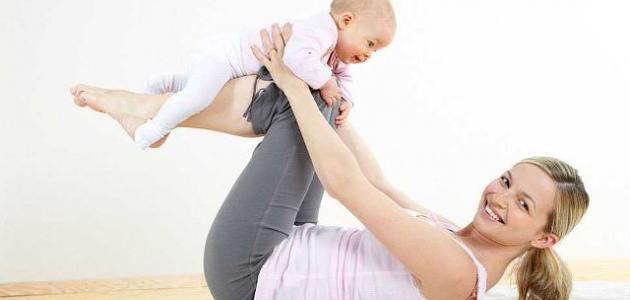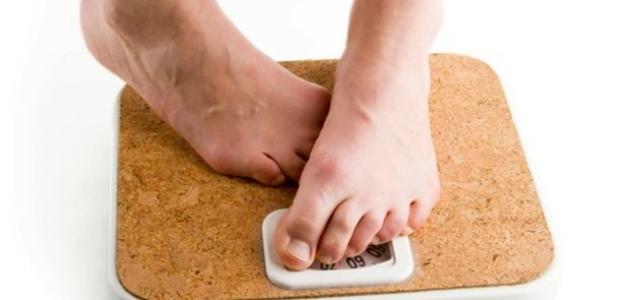Caesarean delivery
Almost nine months after the pregnancy, the mother’s waiting moment is approaching with fear and fear. Most pregnant women are afraid of the moment of birth and have questions about what to expect during their first birth. Although natural birth is the best and safest option, Women choose to give birth through caesarian deliveries to avoid long labor and birth pains. Cesarean section is one of the types of birth that a doctor and surgeon use to cut the belly and the uterus of a pregnant woman because of the inability to give birth in a natural way or down to the mother’s desire. The most important reasons for caesarean section are: The presence of health problems in the mother, the size and position of the child within the uterus, and if the fetus’s health is at risk.
Steps of Caesarean delivery
If the doctor decides on a caesarean section, the preparation of the operation begins with the following actions:
- Start monitoring heart rate, breathing, and blood pressure, before and during the operation.
- The oxygen mask is installed to supply the mother with oxygen throughout the process.
- Install a catheter in the bladder to make sure that the bladder is free of urine during the procedure, and this procedure may be troublesome, but it is painless.
- Wash the abdomen and make sure there is no hair in the vicinity of the surgery.
- After a pregnant woman is anesthetized, the doctor will perform a horizontal or vertical incision below the abdomen.
- The doctor begins to open the abdominal muscles to reach the uterus, and then another tear occurs in the uterus, and doctors prefer to usually be an accidental incision for easy healing wound.
- The doctor pulls the child gently, and sucks mucus from the mouth and nose to clean the respiratory tract.
- The doctor connects and cuts the umbilical cord, and the pediatrician and nurses begin to examine the child and ensure his safety.
- After removing the placenta, the doctor begins to close the uterus with soluble sutures and close the abdominal incision either by stitches or surgical pins.
Risk of cesarean delivery
Caesarean section is no longer as frightening as before due to the great development in the medical field, but it is like any surgical procedure that carries some risks, including:
- The mother may be exposed to infections and the risk of infection.
- The mother may be at risk of losing a large amount of blood during childbirth.
- The risk of clots that can close the bloodstream.
- Risk of injury to the bladder and intestine during abdominal incision.
- What the uterus may cause is weakness of the tissues of the uterine wall, and placenta deformation in the next pregnancy.
- The woman may suffer from delayed and difficult pregnancy again after being subjected to Caesarean delivery.
- The mother may suffer from side effects of anesthesia, the most common headache.
- The fetus may be injured during the incision of the uterus.
Methods of abdominoplasty after cesarean delivery
Postpartum women suffer from the weakness of the muscles of the abdomen and slouch, and find it difficult to restore the agility of the body and flat abdomen, and the following are the most important tips to follow:
- Breastfeeding: Breastfeeding helps lose excess weight. The body burns more than 300 calories per day to produce milk. Breastfeeding also stimulates contractions that contract the uterus and strengthens the relationship between the baby and the mother.
- Exercise: Before starting to exercise, the lady must be sure to be able to exercise by going to her doctor, and can begin walking for twenty minutes, (3-5) days a week and then gradually increase, and include exercise in addition to walking Yoga, aerobics, abdominal and other exercises. Exercise helps to tighten abdominal muscles and burn calories.
- Eating protein-rich foods needed to build and repair muscles, lack of collagen, a protein in the body, leads to skin sagging.
- Drink plenty of water: Water helps to moisturize the skin and make it more flexible, and increases the efficiency of burning fat, and reduces the retention of water in the abdomen.
- Massage the abdomen using essential oils: Using a mixture of castor oil, peppermint oil, lavender oil, or lemon juice to massage the flaccid area of the abdomen helps to tighten it. Massage also helps improve blood circulation.
- Eat balanced meals: Daily meals should include lots of fresh fruits and vegetables, fiber-rich foods such as oatmeal, legumes, grains, and reduced fat and sugar. It is worth noting that the consumption of soluble fiber in particular reduces the accumulation of fat in the abdomen .
- Getting enough sleep: It is essential that the mother get at least 7 hours of sleep every day, mothers who do not get adequate sleep hours are more likely to gain weight.
- Avoid soft drinks because they cause flatulence, and can be replaced with flavored water, such as water flavored with lemon.
- Eating small, slow meals: To restore pre-pregnancy weight, reduce the size of each meal, use small red dishes to brain the brain and eat fast and not chew well to bloat to swallow the air during the eating process. Studies have shown that eating slowly leads to Eat less, lose more weight.
- Eat foods such as peppermint tea, ginger, pineapple, parsley and yogurt. Avoid foods that cause bloating, such as foods high in sodium. Chewing chewing gum should be avoided because it causes air ingestion and flatulence.
- Relaxation and avoid stress and stress: Stress stimulates cortisol secretion, which promotes the accumulation of fat around the abdomen, causing obesity.
- Be patient: The mother should set achievable goals, such as losing one pound of weight every week, and be patient. The weight gained during nine months of pregnancy needs sufficient time to get rid of it.
- Consult a dietitian: If a mother has difficulty losing weight, she can seek the support and help of a nutritionist to guide her to weight loss programs for new and nursing mothers.
- In the event that the mother can not get rid of excess weight and slackness of the abdomen, she can resort to abdominal surgery, liposuction and removal of loose skin.


